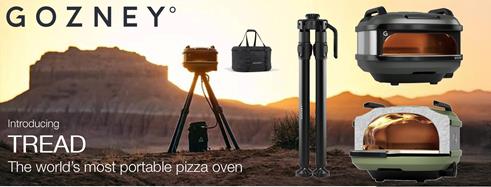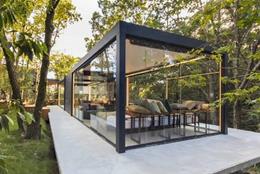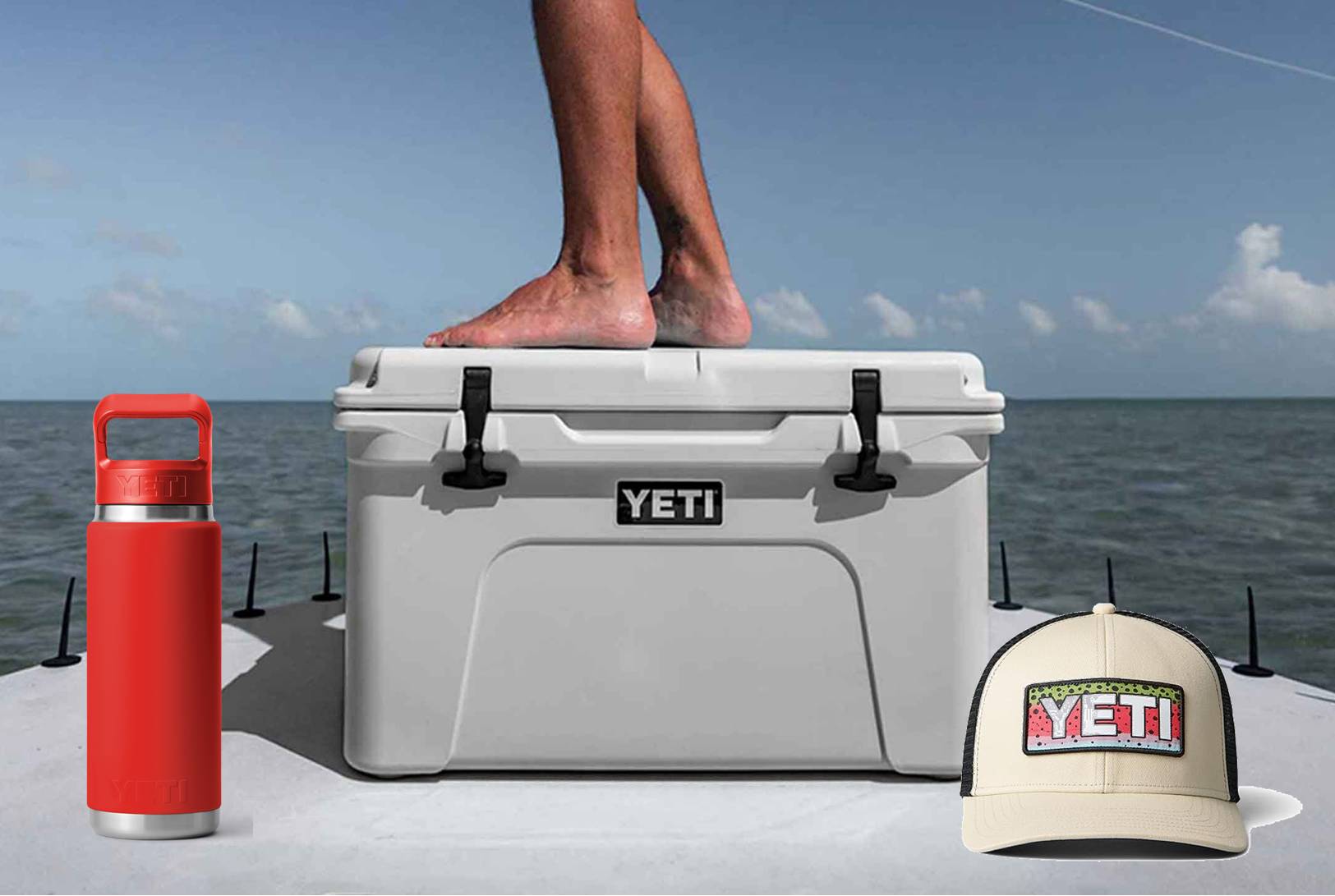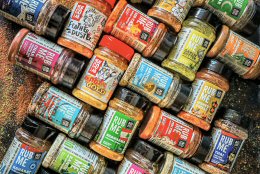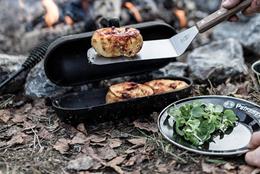Birstall Garden Centre
Featured Brands
Featured Departments
Garden Diary
Early Winter
The ornamental garden
Finish the winter digging providing the ground isn't frozen. On flower borders, sprinkle a thick layer of compost or manure over the soil and fork it in between clumps of plants. Providing the soil is not too frozen container grown, bare-root shrubs can be planted in well dug soil, to which plenty of organic matter has been added. Knock off any heavy snow from conifer branches to prevent damage due to loading. Any unwieldy, damaged or diseased stems on trees and shrubs should be cut back with sharp secateurs or a pruning saw to allow more air and light to penetrate. Large cuts should be protected with a wound sealant. Follow pruning with a winter wash. Check biennial plants such as sweet william, wallflower and polyanthus after spells of cold, frosty weather for signs of lifting. They may need firming in.
Fruit and vegetables
If there is still rough digging to be done, add some bulky organic matter or lime to the soil. This exposes the clods to frost and allows a naturally forming tilth. Begin growing some vegetables in the protection of the greenhouse or conservatory. Hardy varieties of radish can be sown under cloches in most areas and many winter hardy species such as Brussels sprouts, cabbage, leeks, parsnips and spinach will be ready for harvest. Cover rhubarb crowns to encourage early growth. Container-grown or bare-rooted fruit can be planted at this time of the year as long as the soil and weather are suitable. Tree and shrub planting compost placed in the base of the planting hole will give a good start for outdoor plants in cold soil. If the plants arrive when the soil is waterlogged or covered in snow, either heel them in to a sheltered, drier position or keep them in a frost-free place until conditions improve. Pruning can be continued except on stone fruits. Cut to an outward pointing bud and aim to keep the trees and bushes open in the centre. Cut out crossing and touching branches and any that are diseased, damaged or dying. Burn all cuttings.
The lawn
The weather at this time of the year is likely to limit the work that can be done on established lawns, and to avoid compaction, the less traffic across the surface the better. Aeration of wet areas by spiking can still go ahead provided that the soil is not too wet - first sweep off remaining leaves and debris. It is a convenient time to lay lawn turf, making use of an otherwise quiet period and also seasonal rainfall. Check that the ground is weed free before the turf is laid - it's easier than weeding afterwards.
Houseplants
Move delicate plants from cold window-sills at night and bring them into the centre of the room. Poinsettias should be kept at a temperature of about 13�C (55�F) out of draughts and watered as the surface of the compost becomes dry. Feed every 7- 14 days whilst the plant remains in flower. Cyclamen soon collapse if placed in warm, centrally heated rooms. A cool, light position is best such as a hallway or porch. Water from the base keeping the crown of the plant dry to avoid rotting. Avoid overfeeding as this results in soft, leafy growth at the cost of flower quality - once every 14 days is enough. Remove dead flowers by tugging the flower stem sharply from the base. This avoids leaving the base of the stem attached to the crown which can quickly lead to decay. Mixed bowls usually contain a wide variety of plants of different species which are often eye-catching when group planted, but with differing growing requirements and various needs. Flowering species such as Begonias, Saintpaulia and Kalanchoe will require a brightest position without being detrimental to the foliage plants with which they are commonly mixed. Often there is little or no drainage in the bowl and so watering should reflect this. Forced azaleas are one of the few plants which thrive on regular soakings of rainwater. Generally, there should always be a clearly visible dark water mark, 2.5cm up the stem from the level of the compost. As with cyclamen, azaleas like to be cool at all times.
The greenhouse and conservatory
The heated greenhouse or conservatory offers plenty of opportunities for early sowings to be made in trays or pots. Lilies, Pelargoniums, Freesias and Begonia can all be sown in gentle heat. Carnations and Dianthus sown now will flower in the summer and make ideal pot or border plants. In the cool 4�C (40�F) or even unheated structure, sowings of many vegetables such as broad beans, lettuces, leeks, and onions can be made for an early harvest. To save on fuel costs insulate the greenhouse with bubble plastic and plants requiring extra care can be insulated with fleece on cold nights. Fan heaters keep air moving but ventilators can be opened on mild days. Cyclamen can be raised from seed in a good quality compost at 15�C (60�F). Germination usually takes between four to eight weeks. When the plantlets are large enough to handle, re-pot in a multi -purpose compost and feed with a high potash plant food after 6 weeks.
General
Regularly check plant ties which often loosen and wear in winter storms. Check fixings and wires of shrubs, clematis, honeysuckle and climbing roses.
Mid Winter
The ornamental garden
There will still be heavy frosts in many areas and so trimming and pruning are best delayed until the full extent of any dieback is seen. However the borders can be tidied of any dead material and the soil forked and raked over ready for sowing and planting within the next few months. Feed established trees, shrubs, hedges and flowering perennials with a general fertilizer like growmore to help them get off to a good start. Many herbaceous perennials can be divided now whilst they are dormant. Sow a few hardy annuals outside under cloches to provide early summer flowers and blooms for cutting.
Fruit and vegetables
Vegetables such as broad beans, Brussels sprouts, cabbage, radish, peas, spinach and turnips can be sown under cloches. Parsnips can be sown without protection - a canker resistant strain such as Tender and True or White Gem should be selected. If you grow seed potatoes it's best to buy them as soon as they appear in the shops - some varieties soon sell out. To start the potatoes sprouting stand them in boxes indoors with plenty of daylight. Give fruit trees and bushes a base dressing of growmore. To help suppress weeds and retain moisture apply a mulch to a depth of 5cm. The pruning of established fruit trees should now be completed. Autumn fruiting raspberries can be pruned to ground level and others cut back to a bud above the top support wire.
The lawn
Turfing of new areas or the repair of established lawns can continue providing that the ground is not too wet or frozen. Spiking would benefit any patches which are poorly drained.
Houseplants
Light levels will be relatively low at this time of year so keep plants near to windows, but remember to move plants from cold window sills at night before drawing the curtains as the temperature behind the glass can reach freezing point. The plants may begin to demand more water and a light feed could be given. In heated rooms regular misting should continue. Be aware that the fumes produced by gas fires can be harmful to many species. Plant are often received as presents at this time of the year. The most popular are cyclamen, poinsettias, azaleas and pot chrysanthemums. Although many are thrown away after flowering, some can be kept and nurtured. Cyclamen should have watering and feeding reduced once flowering has finished. When the foliage has died off the pot is placed in a cool position such as a shed or under the greenhouse bench until early summer when re-potting takes place.
The greenhouse and conservatory
Peas, broad beans, lettuces and summer cabbages can be sown under glass, for planting outside next month. Early sowings of some bedding can be made now in a heated environment and where there is enough protected space to keep early plants safe until the frosts are over. In unheated structures or where space is limited, delay sowing for at least a month. Strawberries will fruit early if kept in a cold frame from early autumn and brought into a little heat. Chrysanthemum stools and dahlias should be brought into growth for cuttings. To do this they will require plenty of light and a temperature of about 7�C (45�F) for chrysanthemums, 16�C (60�F) for dahlias. Keep glass clean to make the most of available light - a 10% loss in light is a 10% loss in growth.
General
Ensure that pots and trays have been sterilised and that mechanical equipment is well serviced in preparation for the new season.
Late Winter
Daffodils will benefit from a handful of general fertilizer raked in around each clump. Pick off the dead flower heads regularly. Annual bedding plants such as cornflower, calendula, candytuft, godetia and Californian popy can be sown directly into their flowering positions as soon as the soil is dry enough to be workable. Flowering species generally prefer a sunny position. Herbaceous plants can also be planted in the warmer regions. If some plants begin to shoot early, don't be tempted to remove protective coverings too soon from sensitive half-hardy species, although covers may need loosening to avoid crushing new growth. Prune rose bushes as soon as the weather improves, cutting stems down to just above a developing bud.
Fruit and vegetables
Direct sowings of many vegetables such as onions, radish, peas, broad beans, leeks, celery and parsnips can continue now provided the soil is not too wet. If the weather is fairly warm plant first early seed potatoes. Stone fruits can be pruned, this includes sour cherries, peaches, plums and nectarines.
The lawn
The lawn will soon begin to grow again and mowing can commence once the grass is dry. Mower blades should be set high at first then gradually lowered with subsequent cuts until the desired height is reached. Spike the parts of the lawn that still suffer from poor drainage. Weeds are best left until early spring before treating to ensure the best results.
Houseplants
Some of the old compost can be teased away from cyclamen, along with any dead roots and the plant re-potted in a slightly larger pot with fresh compost. Watering is gradually increased as new growth emerges and feeding can resume once growth is underway. Kept cool, moist and well lit, the cyclamen should produce an abundance of flowers again by early winter. Azaleas should be placed in a cool, frost free position once flowering is over and watered freely. It is likely that the plant will have been forced into a very small pot and so it is wise to repot straight away using a low lime compost such as an ericaceous mix. Pot chrysanthemums are unlikely to produce suitable pot plants after initial flowering. However, they are often successful if planted in the garden and treated as summer flowering herbaceous or annual plants.
The greenhouse and conservatory
With the likelihood of warmer days, remember to open ventilators whenever possible, making the most of the opportunity to change the moist air in the structure for dryer air from outside. Bedding plants sown indoors may now require pricking out into trays and pots. Allow enough space for the plants to grow on until the danger of frost has passed. Watering should be carried out early in the day allowing enough time for plants, paths etc. to dry before nightfall. Tomato and cucumber seedlings may require potting on before planting.
General
When buying plants, choose wisely. It is always worth paying a little more for plants, especially bulbs and soft fruit, as they are less likely to harbour disease.
Birstall Garden and Leisure Centre began trading as a family owned and run Centre in 1969, and was the first Garden Centre to start trading online. In 1999 we created our website in order to give customers from all over the UK the opportunity to take advantage of our amazing prices, fantastic online discounts and speedy nationwide delivery. In particular areas of the UK, we are able to both deliver and construct your new garden building, summerhouse, greenhouse or garages. And assemble your new garden furniture or BBQ.

